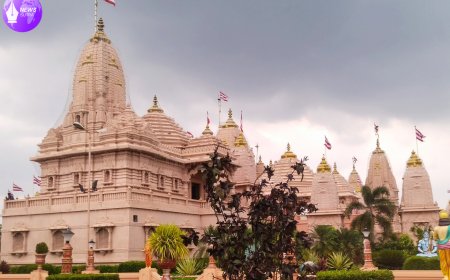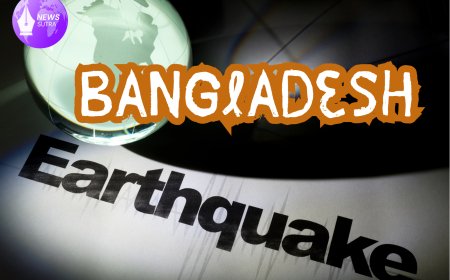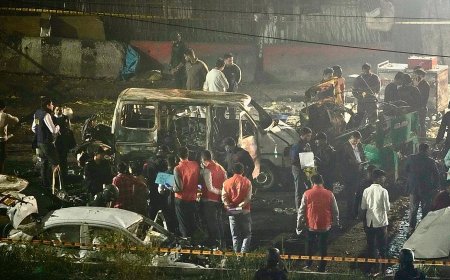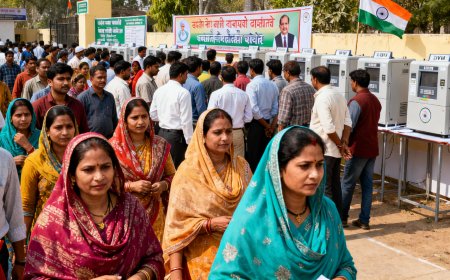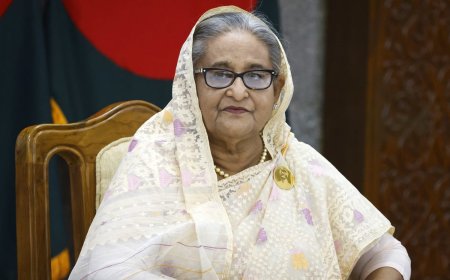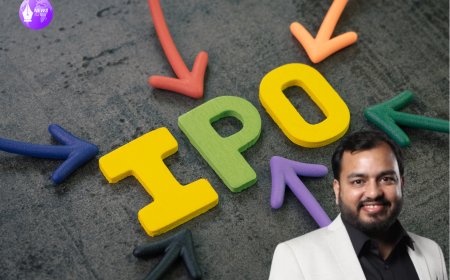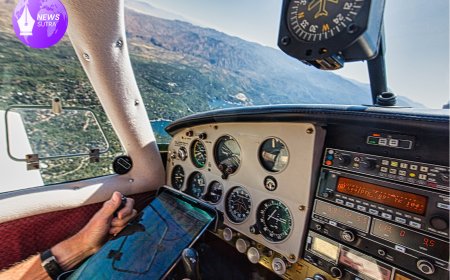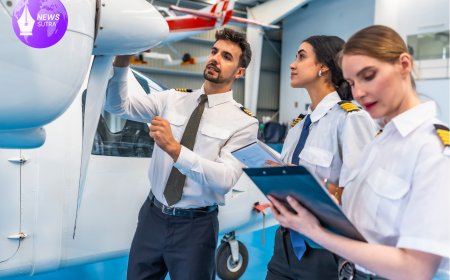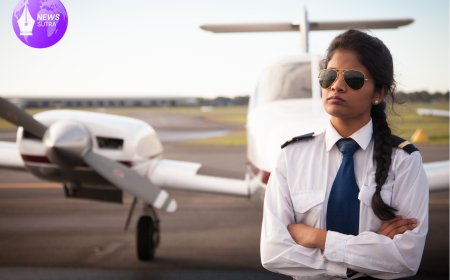Training as a Pilot in India vs. Abroad: The Honest Difference Every Aspiring Aviator Must Know
A detailed and honest comparison of training as a pilot in India versus training abroad, covering costs, DGCA rules, flying hours, infrastructure, quality, placement trends, and long-term career impact for aspiring aviators.
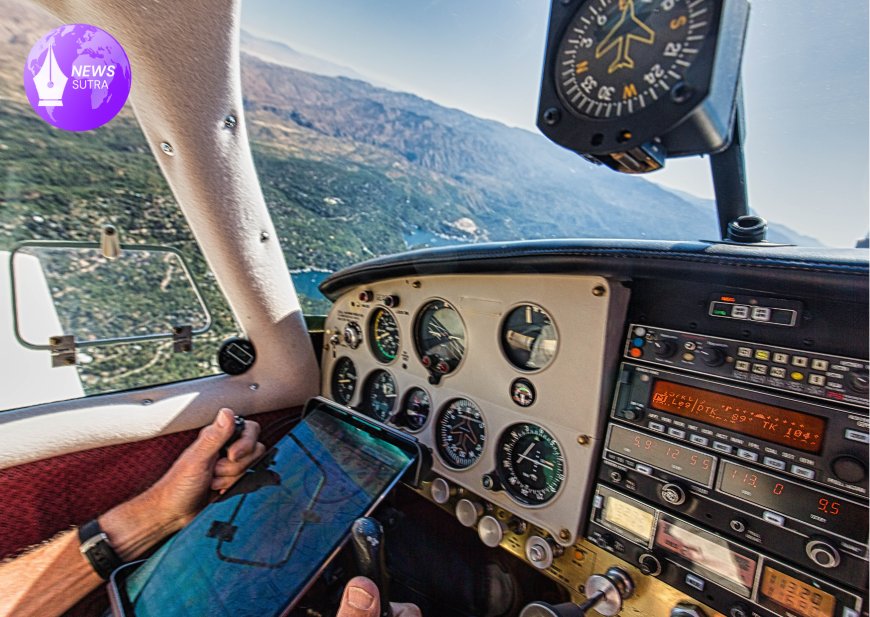
Introduction
Every year, thousands of Indian students stand at a crossroads when planning their aviation careers. One path leads to pilot training in India, rooted in DGCA regulations, domestic weather patterns, and local flying conditions. The other leads abroad, where aviation schools promise faster flying hours and larger fleets with clearer skies.
The decision isn’t small — it affects your finances, your training quality, the time it takes to complete your CPL, and eventually your airline placement prospects. With India’s aviation sector booming and international flight schools running near-full capacity, understanding the real difference between both choices is essential before you commit to training.
This article offers an honest, in-depth look at what truly sets India and foreign pilot training apart — from costs to weather, from learning environment to conversion hurdles — so you can choose the most practical route for your career.
1. Infrastructure and Fleet Availability
India
Flying clubs in India vary significantly in fleet size and aircraft condition. Many academies operate Cessna 152s and 172s, which are reliable but often limited in number. Due to weather restrictions, maintenance delays, and crowded airspace in big cities, students sometimes find themselves waiting for their flying slots.
Pros of India:
-
Familiarity with Indian airspace and RT procedures
-
Direct DGCA oversight
-
Easier documentation and verifications
-
Local weather exposure, which sharpens real-life decision-making
The drawback: Slot shortages can extend overall training duration.
Abroad
Countries such as the USA, Canada, South Africa, and New Zealand have well-equipped flight schools with larger aircraft fleets. Many academies maintain advanced simulators, updated avionics, and purpose-built runways designed for student learning.
Pros abroad:
-
Better aircraft availability
-
Modern avionics
-
Well-structured training systems
-
Faster turnaround for flying hours
The drawback: After returning, Indian students must complete licence conversion, which adds time and cost.
2. Weather Conditions and Flying Days
India
Training in India means facing monsoons, high humidity, low visibility days, and occasional crosswinds. These conditions lead to frequent cancellations, but they also expose students to challenging real-world flying conditions.
You will learn:
-
Monsoon flying
-
Handling reduced visibility
-
Managing unpredictable wind conditions
While this builds competence, it slows down total hour completion.
Abroad
Countries like the USA or South Africa enjoy clear skies for most of the year. Students typically fly more days, logging hours quickly without waiting weeks for weather improvement.
This accelerates CPL timelines, but it offers limited training in challenging conditions that Indian pilots face regularly once they join airlines in India.
3. Cost Comparison
This is often the biggest deciding factor.
Training Cost in India
Training in India typically costs:
-
₹45 lakh – ₹60 lakh for 200 hours
-
Additional ₹20 lakh – ₹35 lakh for Type Rating
Total: ₹70 lakh – ₹95 lakh
India's costs fluctuate based on fuel pricing and maintenance delays.
Training Cost Abroad
International training costs vary by country:
-
USA: ₹35 lakh – ₹55 lakh
-
Canada: ₹40 lakh – ₹60 lakh
-
South Africa: ₹35 lakh – ₹52 lakh
-
New Zealand: ₹45 lakh – ₹65 lakh
After returning, students must undergo:
-
Licence conversion
-
DGCA exams
-
Additional flying (if required)
This adds ₹5 lakh – ₹12 lakh extra.
Final total: ₹45 lakh – ₹75 lakh
Bottom line:
Training abroad is often faster and cheaper, but conversion adds time and cost. India is more expensive overall, but licensing is direct.
4. DGCA Exams and Regulatory Requirements
India
Training in India aligns directly with DGCA rules from day one.
Students focus on:
-
DGCA curriculum
-
Indian RT procedures
-
Indian airspace familiarity
-
Local documentation
No conversion is required after CPL.
Abroad
Students complete FAA, EASA, or CAA modules depending on the country.
Once they return:
-
DGCA theory exams must be cleared
-
DGCA medicals must be renewed
-
Skill test must be conducted with a DGCA examiner
Some foreign flying schools do not match the DGCA instrument flying standards, which leads to additional simulator sessions in India.
Reality check:
A conversion can take 3–6 months, depending on exam cycles.
5. Quality of Training and Instruction Style
India
Indian academies offer capable instructors, many of whom have domestic airline experience. However, heavy student load sometimes limits 1-on-1 attention.
Training tends to be:
-
More procedural
-
More exam-focused
-
More rigid due to DGCA systems
Abroad
Foreign instructors follow structured syllabi and offer hands-on mentoring. Many flight schools abroad have a culture of personalised training and systematic assessment.
Training abroad feels:
-
More immersive
-
More flexible
-
More practice-oriented
However, procedures abroad differ from DGCA, which means students must mentally adjust when returning.
6. Training Duration
India
Flying could take:
-
18–30 months, depending on weather and aircraft availability.
Abroad
Training is often:
-
12–18 months for CPL completion
-
Faster due to better weather and larger fleets
Even after including conversion time, students abroad usually complete faster.
7. Job Opportunities After Training
In India
Airlines in India prefer:
-
DGCA-ready candidates
-
Students trained on Indian radios
-
Students familiar with domestic ATC style
Cadet programme graduates and Indian-trained CPL holders often progress quicker in airline shortlisting.
Abroad
Foreign-trained pilots are equally eligible but must:
-
Complete conversion
-
Adjust to Indian flying standards
-
Gain experience before airline interviews
Some airlines may ask for additional simulator checks.
8. Exposure, Experience, and Confidence Building
India
India’s dense airspace, varied terrain, low-visibility conditions, and complex ATC environments build strong situational awareness.
Students also learn to adapt quickly to operational unpredictability.
Abroad
Abroad training builds:
-
Strong fundamental flying skills
-
Comfort with modern avionics
-
Professional discipline due to structured flying conditions
However, students may need time adjusting to India’s busy airports and unpredictable weather.
9. Cultural, Social, and Personal Factors
Training in India keeps you close to family, reduces cultural stress, and avoids visa complications.
Training abroad exposes you to:
-
Independence
-
Diverse aviation cultures
-
International flying environments
Both experiences shape character differently.
10. The Honest Verdict — Which One Is Better?
There is no universal answer — the right choice depends on financial planning, time availability, and personal comfort.
Choose India if:
-
You prefer a direct DGCA path
-
You want familiarity with Indian conditions
-
You are patient with training delays
-
You want easier airline adaptation
Choose abroad if:
-
You want faster hour completion
-
You prefer modern training infrastructure
-
You can handle conversion exams
-
You want exposure to international flying systems
Final truth:
India offers realistic flying challenges, while abroad offers speed and structured training.
Both produce competent pilots — the journey simply differs.
What's Your Reaction?
 Like
0
Like
0
 Dislike
0
Dislike
0
 Love
0
Love
0
 Funny
0
Funny
0
 Angry
0
Angry
0
 Sad
0
Sad
0
 Wow
0
Wow
0
